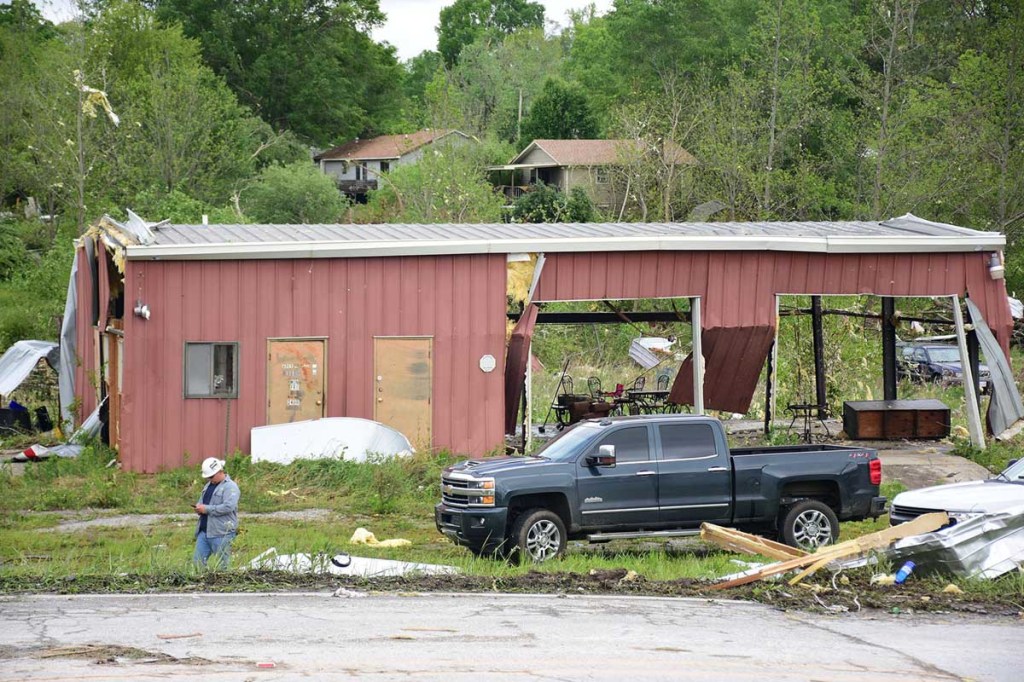FEMA aid likely as county storm losses add up
Published 5:45 am Thursday, May 21, 2020

- Damage along U.S. Highway 31 in the Johnson’s Crossing area is seen after the April 12 storms.
The dollar value in damage to homes and private property from last month’s severe weather won’t meet the threshold for federal assistance to homeowners, but emergency relief funds will likely be available to local governments and utilities that sustained losses in the April 12 storms.
With statewide totals still being assessed, Cullman County’s overall damage bill already has surpassed $1 million, including $823,000 in damage and unscheduled labor related to power infrastructure owned by Cullman Electric Cooperative. The Cullman County Road Department has estimated more than $500,000 in damages to roads, bridges, culverts and other infrastructure on top of that, with the county water department sustaining an additional $11,000 in storm damage.
Cullman County Emergency Management Agency director Phyllis Little said Tuesday that the county has easily surpassed the $300,000 threshold to qualify for federal emergency relief through FEMA, and that the other component required to receive those dollars — a statewide damage total that exceeds $7.3 million — is also likely to be met as state officials finish tallying storm losses in South Alabama.
“We had a conference call with FEMA and the state EMA today, and it looks like our numbers are going to meet the threshold to request a FEMA declaration,” Little said. “That’s something that hopefully can be done by the end of this week. South Alabama also had damage relating to storms that came through a couple of days after ours did, and those may end up being rolled into one disaster.”
According to the Red Cross, 62 local privately-owned residences were affected by the April storms, including 51 single-family homes; 11 of which were mobile homes. Of that total, 10 homes and four mobile homes had minor damage, six homes and one mobile home had major damage, and eight homes and one mobile home were destroyed.
Although many of those losses are covered by private insurance, Little said the overall damage total to private property would not have exceeded the required dollar amount to qualify local homeowners to receive individual federal aid.
“Individual assistance is entirely different from public assistance, and you have to have an extensive amount of uninsured damages to qualify,” she said. “We didn’t have nearly enough, even if it had all been uninsured. But we are pursuing it anyway, because it’s better to ask and be told ‘no’ than not to ask in the first place.”
Benjamin Bullard can be reached by phone at 256-734-2131 ext. 234.


